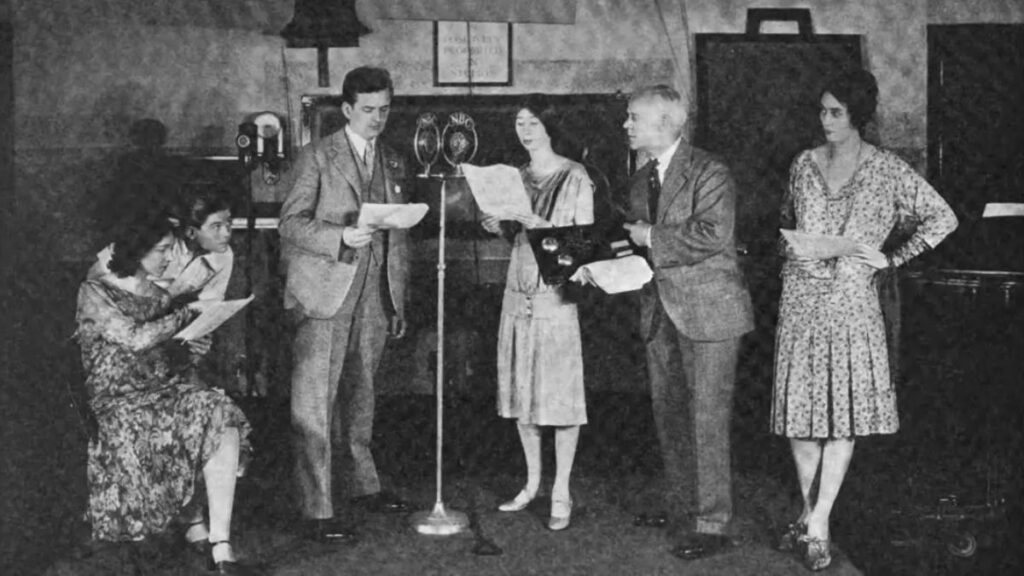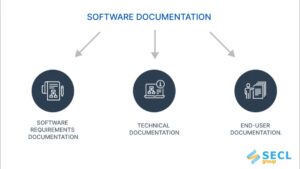News reporting has long been a cornerstone of human civilization, acting as a vital conduit for disseminating information across communities, societies, and nations. Over the centuries, the methods of reporting news have evolved dramatically, influenced by technological advancements, cultural shifts, and societal demands. From ancient methods of storytelling to the sophisticated, instantaneous coverage of modern media, the history of news reporting is rich and multifaceted. In this article, we will explore key milestones in the evolution of news reporting, highlighting significant moments that shaped the industry and the ways people consume news today.
Early Forms of News Reporting
Oral Traditions: The First Form of News Dissemination
Before the advent of written language, the primary method of spreading news was through oral communication. In ancient societies, word of mouth was the main way for individuals to learn about important events or stories. Storytellers, often respected members of their communities, would relay news about battles, births, deaths, and significant events through speeches or songs. These oral traditions were crucial in forming the social and cultural foundations of early civilizations.
In ancient Greece and Rome, orators were often tasked with sharing the latest happenings in their cities or regions. Public announcements, such as those made by heralds, were a precursor to formal news reporting. For example, the Acta Diurna, a form of daily news, was posted in Rome around 59 BCE. The Acta Diurna was a public notice detailing political events, gladiatorial games, and military reports, and was one of the earliest attempts at organizing news for public consumption.
Written Word: The Birth of Printed News
The invention of writing revolutionized news reporting by enabling the recording and dissemination of news in a more permanent form. In ancient China, bamboo slips and paper were used to record important messages, and in Egypt, papyrus scrolls served as a medium for news dissemination. However, it wasn’t until the development of the printing press in the 15th century that news reporting began to resemble the modern form we know today.
The Printing Press and the First Newspapers
In 1440, Johannes Gutenberg revolutionized the world of communication with the invention of the movable-type printing press. This invention allowed for the mass production of printed material, including books, pamphlets, and, most importantly, newspapers. The printing press paved the way for the first true newspapers, making news more accessible to the general public.
The first regularly published newspaper is generally considered to be “Relation,” which was printed in 1605 in Strasbourg, present-day Germany. It was a news sheet that covered political events and other developments in Europe. Over the next few decades, other European cities began to adopt the printing press for news dissemination, and newspapers became more widely available.
In England, the 17th century saw the rise of public newspapers such as the “London Gazette,” which began publishing in 1665. It served as the official government newspaper, reporting on royal decrees, public announcements, and matters of national importance. At the same time, independent publications began emerging, marking the beginning of a more diverse and competitive news landscape.
The Rise of News Agencies
The Birth of News Agencies: Gathering and Distributing News on a Global Scale
With the spread of newspapers, news reporting became increasingly competitive. Publishers sought to be the first to report breaking news, which led to the development of news agencies in the 19th century. These agencies would gather and distribute news to newspapers across different regions, creating the foundation for a more interconnected and globalized news system.
The first news agency, Agence France-Presse (AFP), was founded in 1835 in Paris by Charles-Louis Havas. Havas was the first to recognize the need for a centralized organization that could gather news from various sources and provide it to newspapers. His model was quickly adopted in other countries, and soon after, the Associated Press (AP) was formed in the United States in 1846. These early news agencies set the stage for the development of a global news network.
The role of news agencies expanded throughout the 19th and 20th centuries as technological advances, such as the telegraph and later, the telephone, allowed news to be transmitted faster and over greater distances. This marked the beginning of 24-hour news cycles, with news agencies providing real-time updates on breaking events.
The Telegraph and Telephone: Revolutionizing Communication
The invention of the telegraph in the 19th century allowed for the rapid transmission of news across vast distances. This technological leap meant that reporters could send information to their offices almost instantly, revolutionizing the speed at which news was reported. Telegraph lines quickly connected cities and countries, allowing news agencies to operate on a global scale.
Following the telegraph, the invention of the telephone further improved communication. Journalists could now interview sources remotely and transmit stories quickly to their publications, which enhanced the efficiency and accuracy of reporting.
The Golden Age of Newspapers
The Explosion of Print Media: The 19th and Early 20th Centuries
The 19th and early 20th centuries saw the explosion of print media. Newspapers were thriving as more people learned to read and gained access to daily publications. In many countries, the press played a crucial role in shaping political opinions and promoting social reforms. Journalists became powerful figures, and the concept of investigative journalism emerged.
In the United States, the rise of newspapers like William Randolph Hearst’s “New York Journal” and Joseph Pulitzer’s “New York World” brought about a new era of sensationalist reporting known as “yellow journalism.” These publications focused on eye-catching headlines, lurid stories, and exaggerated facts to sell more newspapers, sometimes at the expense of truth. Despite its flaws, yellow journalism helped fuel public interest in news and cemented the newspaper’s place in society.
The Role of Newspapers in Political Movements
Newspapers played a significant role in political movements throughout the 19th and early 20th centuries. Journalists became important figures in shaping public opinion and political discourse. In countries like the United States and Britain, the press served as a vehicle for advocating social change, such as the women’s suffrage movement and labor rights.
In Russia, the Bolshevik Revolution in 1917 saw the rise of state-controlled newspapers that disseminated propaganda. The government used the press as a means of influencing public sentiment, a practice that would be repeated in numerous countries throughout the 20th century.
The Advent of Broadcast Journalism
Radio: The First Step Toward Instant News
The 20th century marked the beginning of broadcast journalism, with the advent of radio. In the 1920s, the first radio news broadcasts were introduced, changing the way people consumed news. Radio offered the possibility of real-time reporting, bringing the latest news directly into people’s homes.
The first radio news program was broadcast in the United States in 1920 by the station KDKA. This was a landmark moment in news history, as it allowed for news to be distributed on a massive scale without the need for newspapers. Radio news became increasingly popular in the following decades, especially during World War II, when listeners relied on radio for real-time updates on the war’s progress.
Television: The Rise of Visual Journalism
In the 1950s, television became the dominant medium for news delivery. With its combination of sound, imagery, and live reporting, television brought an unprecedented level of immediacy to news reporting. The first televised news programs, such as CBS’s “See It Now” hosted by Edward R. Murrow, set the standard for broadcast journalism.
Television became an essential tool for news reporting during significant events such as the Cuban Missile Crisis and the moon landing in 1969. The ability to watch events unfold in real time on television solidified its role as the primary source of news for millions around the world.
The Digital Revolution and Online News
The Internet: The New Frontier for News Reporting
The rise of the internet in the late 20th and early 21st centuries brought about a seismic shift in the way news is reported and consumed. Websites, blogs, and social media platforms have democratized news dissemination, allowing anyone with an internet connection to share and access information instantly. This shift has both empowered individuals and presented new challenges for the news industry.
The first online newspaper was launched in 1994 by the “San Jose Mercury News.” By the 2000s, news organizations began transitioning to online platforms, offering real-time updates and interactive content. Online news sources, such as Google News, Yahoo! News, and CNN.com, revolutionized how people accessed breaking news and allowed for a more personalized news experience.
Social Media and the Rise of Citizen Journalism
Social media platforms like Twitter, Facebook, and Instagram have played a transformative role in modern news reporting. Social media enables anyone to report news as it happens, giving rise to the phenomenon of citizen journalism. The spread of breaking news through platforms like Twitter has changed how traditional media outlets operate, as they often rely on user-generated content for updates.
While this democratization of news reporting has its advantages, it has also raised concerns about misinformation and the credibility of news sources. The rise of fake news and sensational headlines has prompted a reevaluation of journalistic ethics and standards in the digital age.
Conclusion
The history of news reporting is a fascinating journey from oral traditions to the digital age. Each milestone in this journey has helped shape the way news is reported, consumed, and understood. The development of the printing press, the rise of news agencies, the birth of broadcast journalism, and the digital revolution have all played crucial roles in creating the news landscape we see today. As news continues to evolve in the age of social media and instant communication, it remains an essential tool for informing the public, shaping opinion, and fostering democracy. Understanding the history of news reporting allows us to appreciate the role it plays in our lives and highlights the importance of maintaining integrity and trust in the profession.



